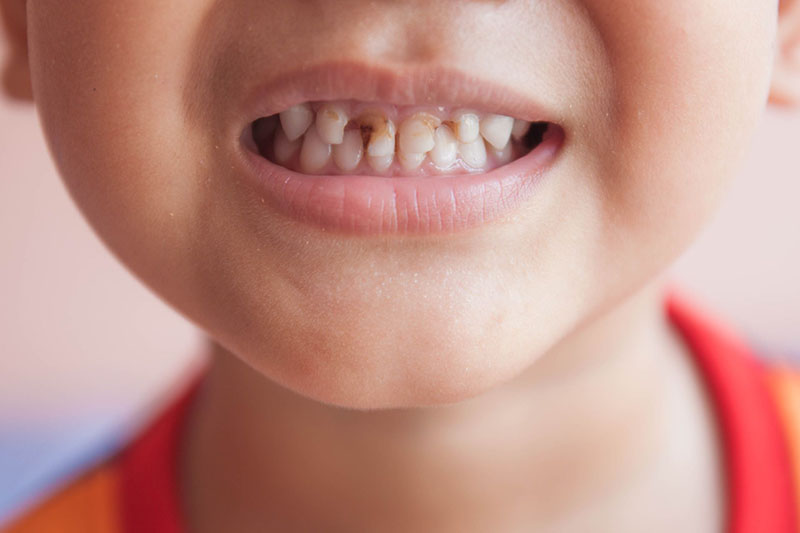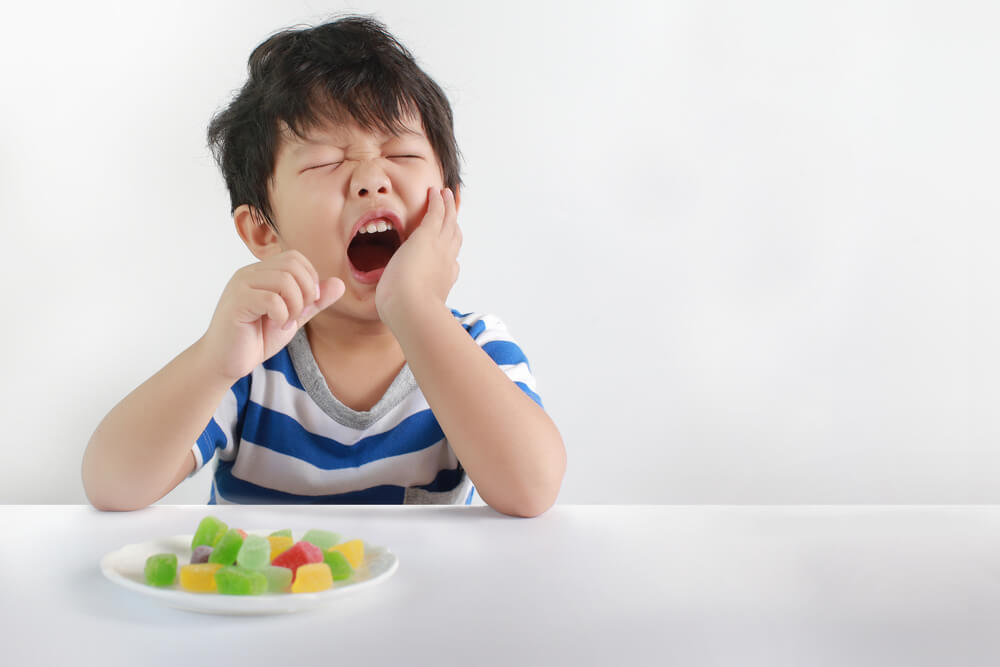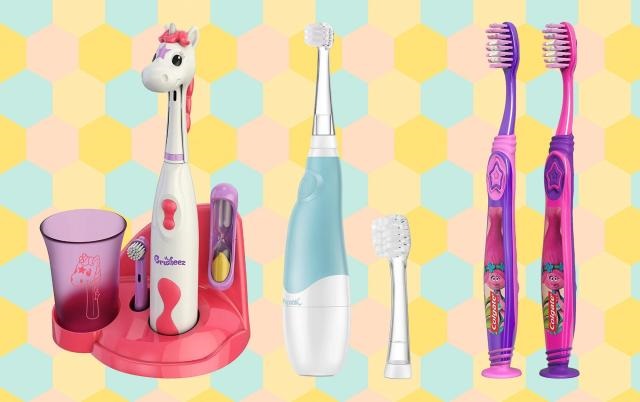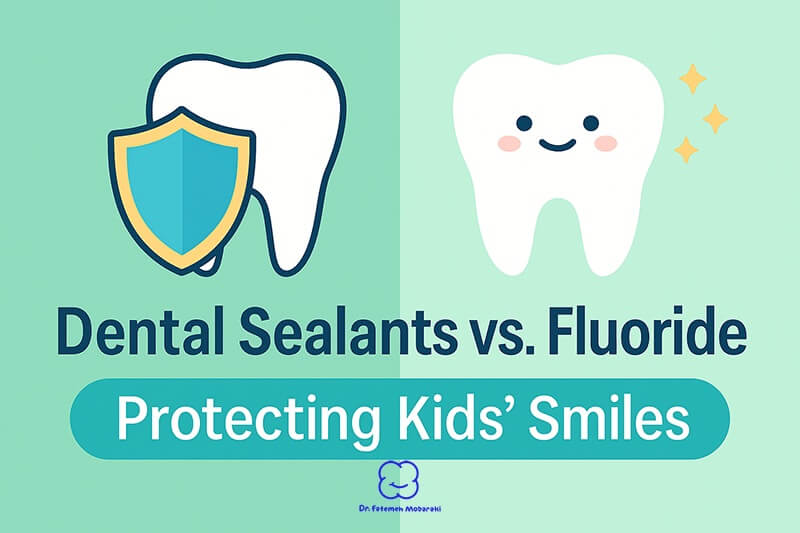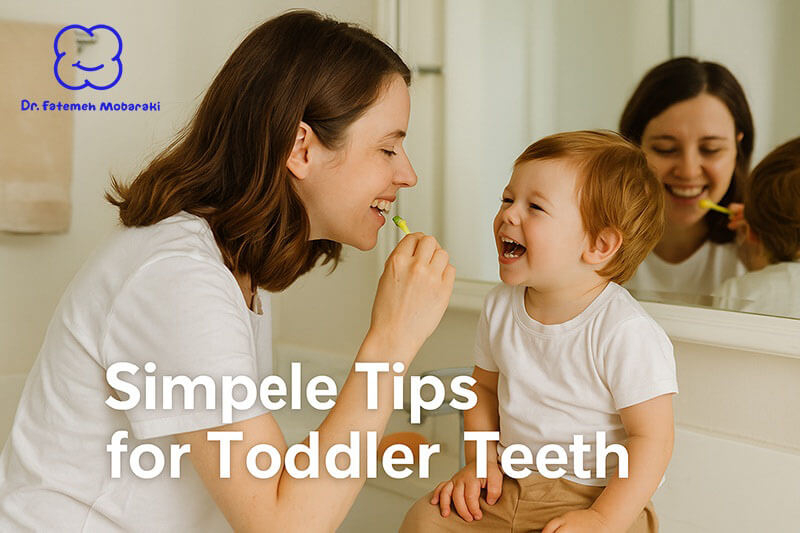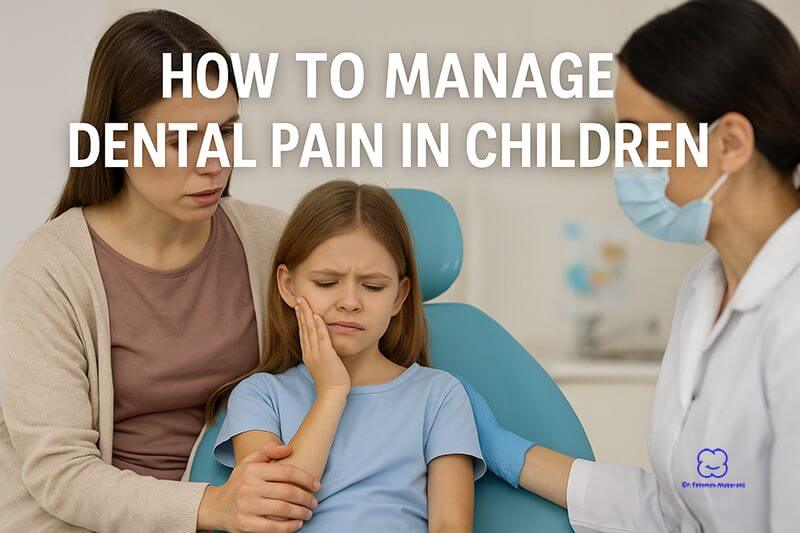As a parent, ensuring your child’s dental health is a top priority. Tooth decay, cavities, or trauma can sometimes affect the innermost part of a child’s tooth, causing pain and potential infection. In such cases, pediatric pulp therapy becomes essential. This specialized treatment helps preserve baby teeth until they naturally fall out, preventing premature tooth loss and maintaining overall oral health.
If you’re looking for a kids dentist in Dubai, understanding pulp therapy in children will help you make informed decisions about your child’s dental care. In this article, we will explore everything you need to know about pediatric pulp therapy, from its necessity to its types, benefits, and preventive measures.
What is Pediatric Pulp Therapy?
Pediatric pulp therapy, also known as a “baby root canal,” is a dental procedure used to treat infected or damaged pulp inside a child’s tooth. The pulp consists of nerves, blood vessels, and connective tissue, playing a crucial role in a tooth’s growth and development. When the pulp becomes inflamed or infected due to cavities or injury, pulp therapy is required to save the tooth and prevent further complications.
Unlike adult root canals, pediatric pulp therapy is designed to preserve baby teeth until they naturally exfoliate and make room for permanent teeth. Since baby teeth guide the eruption of permanent teeth, their premature loss can lead to misalignment or crowding issues.
When is Pulp Therapy Needed?
Pediatric dentists recommend pulp therapy when a child exhibits the following signs:
- Severe tooth decay: When cavities progress deep into the tooth, reaching the pulp and causing pain or sensitivity.
- Persistent tooth pain: If a child experiences long-lasting or spontaneous pain, especially while eating or drinking.
- Trauma to a tooth: A fractured or injured baby tooth exposing the pulp requires immediate treatment to prevent infection.
- Sensitivity to hot or cold: Prolonged sensitivity to temperature changes can indicate nerve involvement.
- Swelling or pus around a tooth: This may signal an abscess or infection requiring immediate care.
Ignoring these symptoms can lead to severe infections, pain, and premature tooth loss, which may negatively impact permanent teeth alignment.
Why Preserve a Damaged Baby Tooth?
Many parents assume that since baby teeth eventually fall out, they are not important. However, preserving baby teeth is crucial for several reasons:
- Space Maintenance: Baby teeth act as placeholders for permanent teeth, guiding their proper eruption.
- Proper Oral Development: Premature loss can lead to misalignment, often requiring orthodontic treatments.
- Speech Development: Baby teeth play a key role in helping children articulate words correctly.
- Chewing Efficiency: Healthy baby teeth allow children to chew food properly, aiding digestion.
- Prevention of Future Complications: Untreated infections can spread to other teeth, affecting overall oral health.
What Are the Signs of Pulp Injury and Infection?
Recognizing early symptoms of pulp injury can help parents seek timely treatment. These signs include:
- Persistent toothache: Pain that lingers or occurs spontaneously, especially at night.
- Increased sensitivity: Prolonged sensitivity to hot or cold foods.
- Swelling or redness around the tooth: This may indicate inflammation or an abscess.
- Visible cavities or holes in teeth: Large, deep cavities may signal potential pulp exposure.
- Pus formation or abscess: A foul taste or odor in the mouth may indicate an advanced infection.
If any of these symptoms appear, it is crucial to consult a pediatric dentist as soon as possible.
How Can You Prevent Dental Pulp Damage?
Preventing pulp damage is always better than treatment. Parents can take several measures to protect their child’s dental pulp:
- Encourage good oral hygiene: Brushing twice daily with fluoride toothpaste strengthens enamel and prevents cavities.
- Schedule regular dental check-ups: Visiting the dentist every six months helps detect early signs of decay.
- Limit sugary foods and drinks: Excess sugar consumption contributes to tooth decay, leading to pulp infections.
- Use mouthguards for sports: Accidents during sports can cause dental injuries, so protective gear is essential.
- Consider early cavity treatment: Tooth filling for children can prevent deeper decay from reaching the pulp.
Types of Pulp Therapy
Pediatric pulp therapy is classified into two primary types based on the severity of the infection:
- Pulpotomy: Used when the infection is limited to the upper portion of the pulp, allowing the healthy pulp to remain intact.
- Pulpectomy: Required when the infection has spread throughout the entire pulp tissue, necessitating complete removal.
Pulpotomy vs. Pulpectomy: Understanding the Procedures
Pulpotomy and pulpectomy are both procedures used to treat infected or damaged pulp, but they serve different purposes. While pulpotomy in kids is a partial removal of infected pulp to maintain the vitality of the remaining tissue, pulpectomy involves complete removal of the pulp when the infection has spread extensively. The choice between these treatments depends on the severity of the infection and the long-term prognosis of the affected tooth.
Pulpotomy Procedure:
- The dentist removes the affected portion of the pulp, leaving the healthy pulp intact.
- A medicated dressing is applied to promote healing and prevent reinfection.
- The tooth is restored with a dental crown for children to ensure durability and protection.
Pulpectomy Procedure:
- All infected pulp tissue is removed from both the crown and root canals.
- The canals are cleaned, disinfected, and filled with a biocompatible material.
- The tooth is sealed and restored, typically with a dental crown, for long-term functionality.
Both treatments are performed under local anesthesia, ensuring a pain-free experience for children.
Read more: pulpectomy vs. root canal treatment
Which Pulp Therapy Suits Your Child?
The choice between pulpotomy and pulpectomy depends on the extent of pulp damage. If the infection is localized, a pulpotomy is often sufficient. However, if the pulp infection has spread to the roots, a pulpectomy is necessary to prevent further complications. A pediatric dentist will determine the best treatment option based on an X-ray and clinical evaluation.
Preventive Tips to Avoid Pulp Therapy
Parents can take proactive steps to help their children avoid the need for pulp therapy:
- Maintain a balanced diet: Foods rich in calcium and vitamin D strengthen teeth.
- Supervise brushing and flossing: Proper techniques help remove plaque and bacteria.
- Regular dental check-ups: Professional cleanings remove hidden plaque and detect early decay.
- Avoid sticky candies and sugary drinks: These contribute to cavities and tooth decay.
- Seek emergency dental care for children in case of trauma: Prompt action can prevent further damage.
How We Can Help You
At our pediatric dental clinic in Dubai, we specialize in providing expert dental care for children. Our services include preventive treatments, pulp therapy, dental crowns, and emergency dental care. We use child-friendly techniques to ensure a stress-free experience, helping your child maintain a healthy smile.
If your child experiences tooth pain, sensitivity, or trauma, don’t delay seeking treatment. Schedule an appointment with us today for compassionate, professional care.
FAQs
1. Is pediatric pulp therapy painful?
No, pediatric pulp therapy is performed under local anesthesia, ensuring a painless procedure for children.
2. How long does a pulpotomy or pulpectomy take?
Both procedures typically take about 30 to 60 minutes, depending on the severity of the infection and the complexity of the case.
3. Can a baby tooth be extracted instead of pulp therapy?
In some cases, extraction may be an option, but preserving baby teeth is preferable as they help maintain proper spacing for permanent teeth.
4. What is the recovery process like for pulp therapy?
Most children recover quickly and can resume normal activities within a day. Mild discomfort may be present but can be managed with over-the-counter pain relief if needed.
For more insights on pediatric pulp therapy and best practices in children’s dental care, visit the American Academy of Pediatric Dentistry (AAPD)


